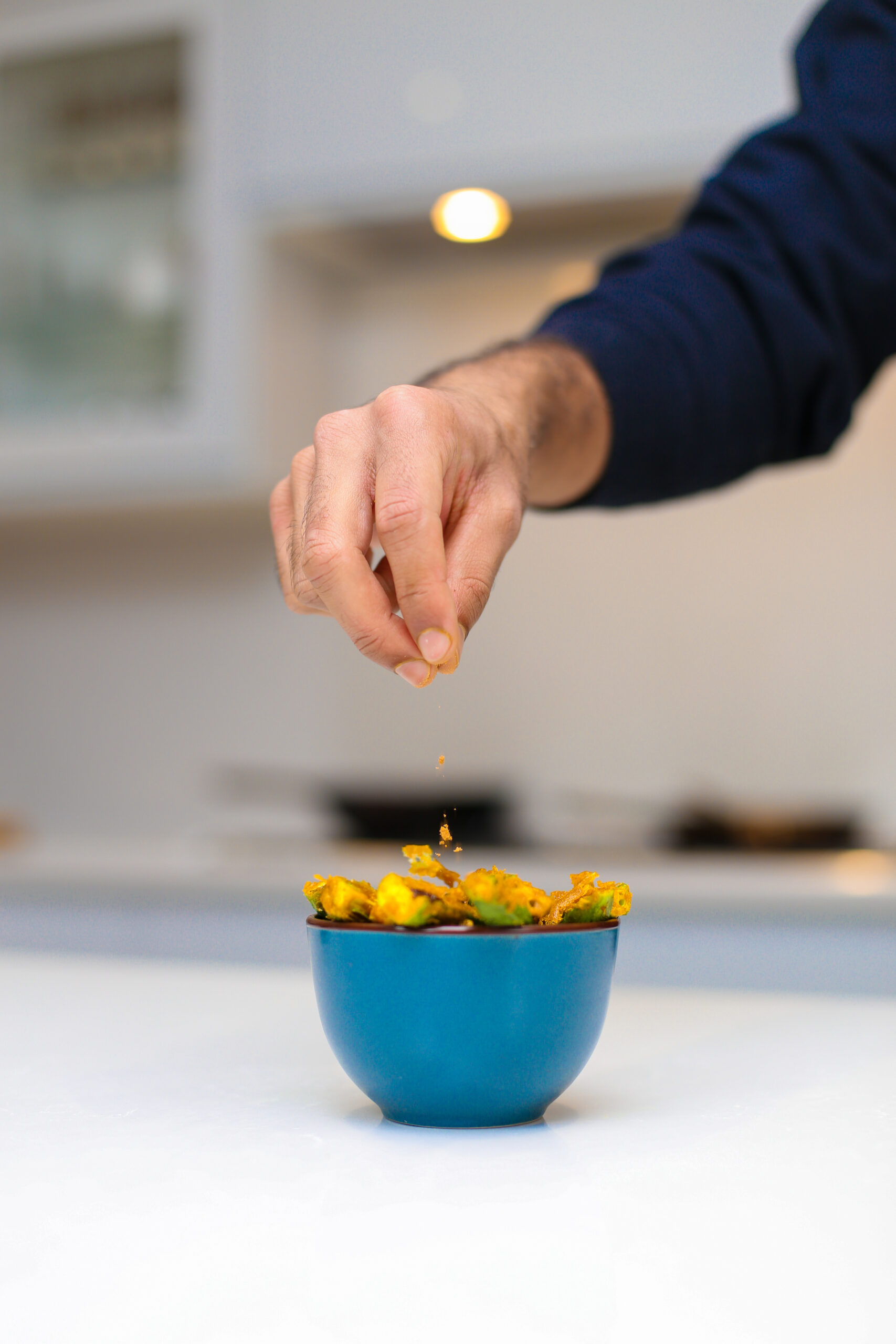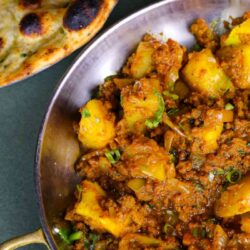Indian spices are an essential part of Indian cuisine. we are going to define Top Indian spices and their uses. They add flavor, aroma, and color to dishes. Indian spices are also known for their health benefits.
What are Indian spices?
Indian spices are the dried seeds, fruits, flowers, barks, and roots of plants that are used to flavor food. They are grown in all parts of India and have been used in Indian cuisine for centuries.
Benefits of using Indian spices:
Indian spices have many health benefits. Some spices, such as turmeric and ginger, have anti-inflammatory and antioxidant properties. Other spices, such as cumin and coriander, can help to improve digestion.
Top Indian spices and their uses:
Turmeric:
- Uses: Turmeric is used in many Indian dishes, including curries, rice dishes, and lentil dishes. It is also used in traditional Indian medicine.
- Benefits: Turmeric has anti-inflammatory and antioxidant properties. It is also thought to boost the immune system and protect against cancer.
Cumin
- Uses: Cumin is used in many Indian dishes, including curries, rice dishes, and tandoori chicken. It is also used in traditional Indian medicine.
- Benefits: Cumin is a good source of iron and manganese. It is also thought to improve digestion and relieve gas.
Coriander
- Uses: Coriander is used in many Indian dishes, including curries, rice dishes, and chutneys. It is also used in traditional Indian medicine.
- Benefits: Coriander is a good source of vitamins A and C. It is also thought to improve digestion and relieve nausea.
Garam masala
- Uses: Garam masala is a blend of spices that is used in many Indian dishes. It typically contains cumin, coriander, black peppercorns, cardamom, cloves, and cinnamon.
- Benefits: The spices in garam masala are known to have a variety of health benefits, including improving digestion, boosting the immune system, and reducing inflammation.
Red chili powder
- Uses: Red chili powder is made from dried chili peppers and is used in many Indian dishes to add heat. It is also used in traditional Indian medicine.
- Benefits: Red chili powder is a good source of vitamin C and capsaicin, a compound that has been shown to have anti-inflammatory and antioxidant properties.
Ginger
- Uses: Ginger is used in many Indian dishes, including curries, rice dishes, and soups. It is also used in traditional Indian medicine.
- Benefits: Ginger is a good source of vitamins B6 and C. It is also thought to relieve nausea and vomiting, improve digestion, and reduce inflammation.
Garlic
- Uses: Garlic is used in many Indian dishes, including curries, rice dishes, and tandoori chicken. It is also used in traditional Indian medicine.
- Benefits: Garlic is a good source of vitamins B6 and C. It is also thought to lower blood pressure, cholesterol levels, and the risk of heart disease.
Mustard seeds
- Uses: Mustard seeds are used in many Indian dishes, including pickles and chutneys. They are also used in traditional Indian medicine.
- Benefits: Mustard seeds are a good source of protein and fiber. They are also thought to improve digestion and circulation.
Fennel seeds
- Uses: Fennel seeds are used in many Indian dishes, including curries and rice dishes. They are also used in traditional Indian medicine.
- Benefits: Fennel seeds are a good source of vitamin C and fiber. They are also thought to improve digestion and relieve gas.
Cardamom
- Uses: Cardamom is used in many Indian dishes, including desserts and rice dishes. It is also used in traditional Indian medicine.
- Benefits: Cardamom is a good source of vitamins C and A. It is also thought to improve digestion and freshen breath.
Cloves
- Uses: Cloves are used in many Indian dishes, including curries and desserts. They are also used in traditional Indian medicine.
- Benefits: Cloves are a good source of vitamins C and A. They are also thought to have antibacterial and antifungal properties.
Cinnamon
- Uses: Cinnamon is used in many Indian dishes, including desserts and rice dishes. It is also used in traditional Indian medicine.
- Benefits: Cinnamon is a good source of vitamins K and C. It is also thought to lower blood sugar levels and improve heart health.
Saffron
- Uses: Saffron is a spice made from the dried stigmas of the saffron crocus flower. It is one of the most expensive spices in the world, but a little goes a long way. Saffron is used in many Indian dishes, including biryanis, pulaos, and curries. It is also used in traditional Indian medicine.
- Benefits: Saffron is a good source of antioxidants. It is also thought to have anti-inflammatory and antidepressant properties.
Fenugreek:
Fenugreek is a spice with a nutty and slightly bitter flavor. It is used in many Indian dishes, including curries, dals, and pickled vegetables.
How to use Indian spices in cooking:
Indian spices can be used in cooking in a variety of ways. They can be added to dishes whole, ground, or in a paste.
To add spices whole, simply heat them in a pan over medium heat until they are fragrant. Then, add them to your dish along with the other ingredients.
To grind spices, use a mortar and pestle or a spice grinder. Grind the spices to a powder and then add them to your dish.
To make a spice paste, combine the spices with a little bit of water or oil and grind them to a paste. Then, add the spice paste to your dish.
Tips for storing and using Indian spices.
Indian spices should be stored in a cool, dark place in airtight containers. This will help to preserve their flavor and aroma. When using Indian spices, it is important to start with a small amount and add more to taste. Indian spices can be very potent, so it is important to start with a small amount and add more to taste.
The Commitment of Paro Indians to Healthful Dining:
The usage of Indian spices isn’t just for flavor at Paro Indian, the best Indian restaurant in Covent Garden; it’s also a commitment to their customers’ health. These carefully chosen spices, which are high in antioxidants and naturally occurring health benefits. These spices serve as the foundation for dishes that not only please the palate but also help their loyal clients maintain overall health. Paro Indian promises a to serve the best Indian menu Covent garden that nourishes and revitalizes with each Savoury taste.
Conclusion:
Indian spices are an essential part of Indian cuisine. They add flavor, aroma, and color to dishes. Indian spices are also known for their health benefits.
If you are new to Indian cooking, I recommend starting with knowing basic and top Indian spices and their uses, such as turmeric, cumin, coriander, and garam masala. Once you have mastered the use of these basic spices, you can start to experiment with other Indian spices.






